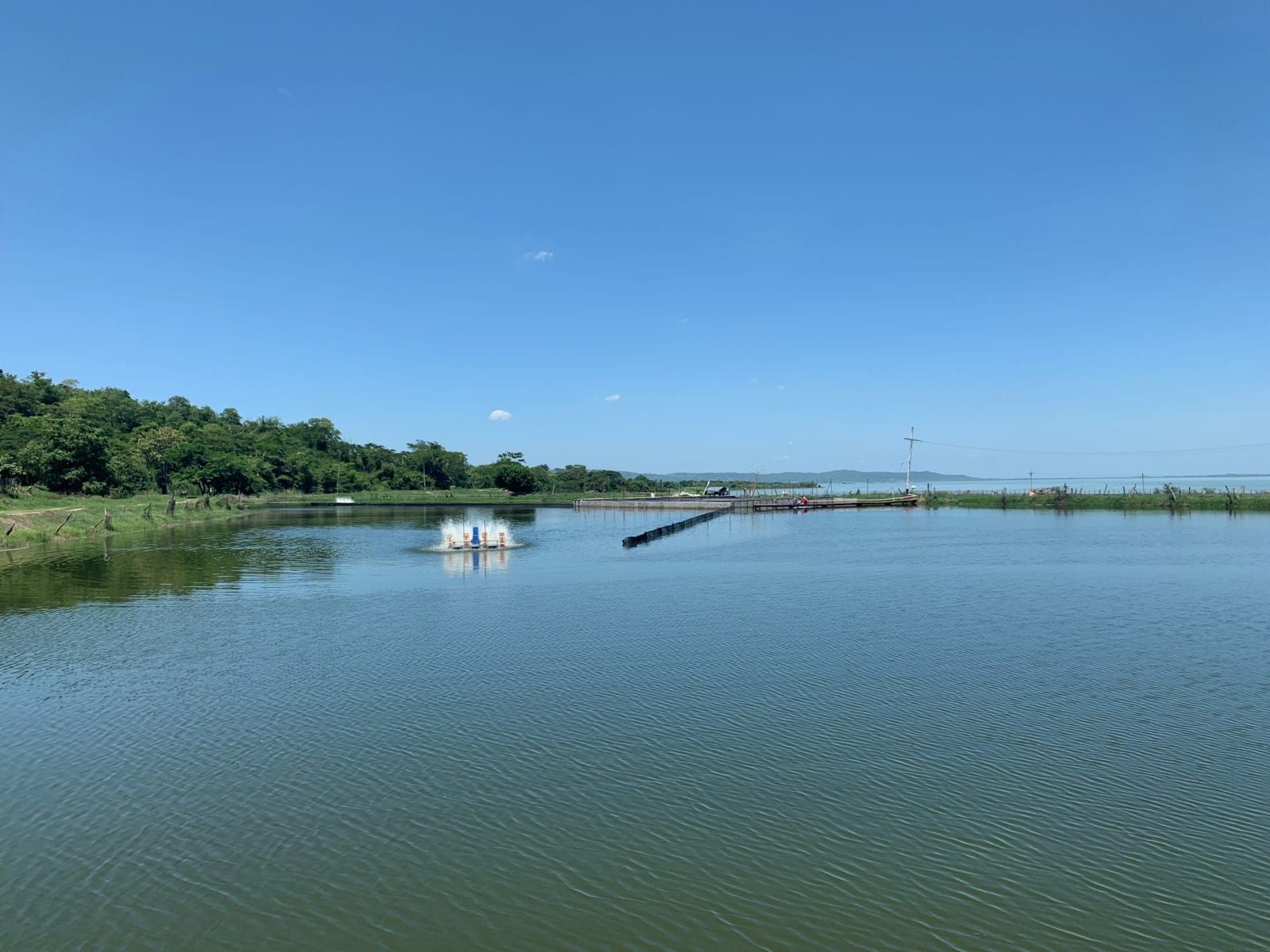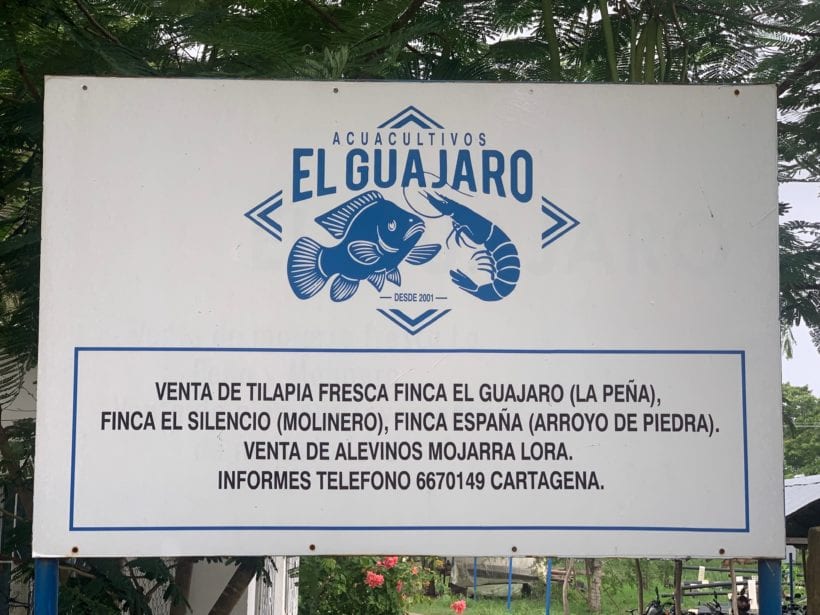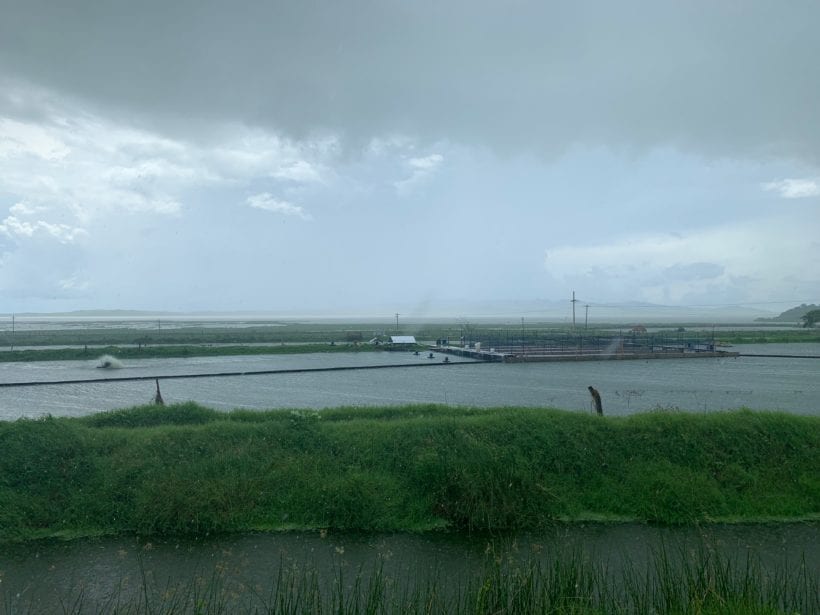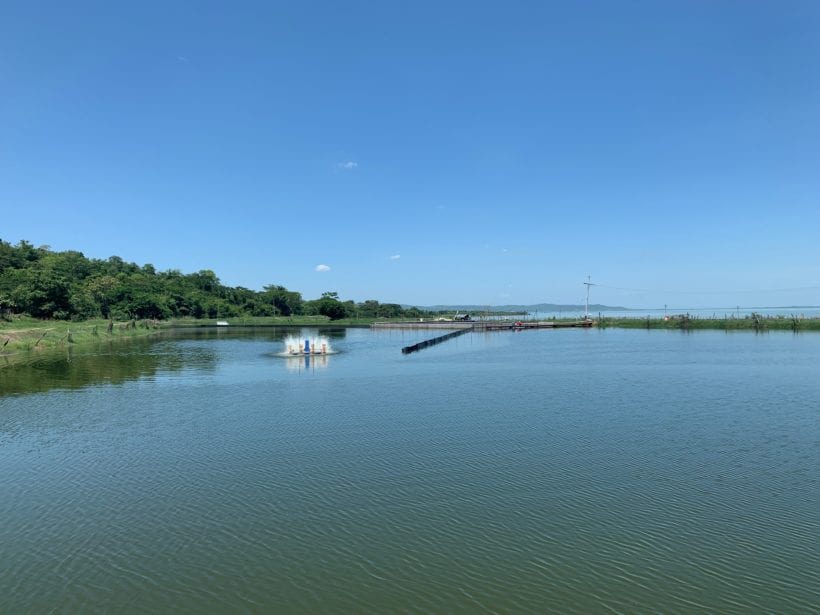Colombia Tilapia Producer Successfully Installs IPRS
- Category:
- Aquaculture
- General News

USSEC and Acuaguajaro successfully developed the first In Pond Raceway System (IPRS) project in Colombia. The success achieved from the technical, economic, and environmental points of view allows a high expectation of profitable and sustainable growth of the country’s fish industry.
The high demand for fish and other limitations the aquaculture sector faces on the availability of water and its quality and competition for land use and increasing food safety concerns creates an urgent need to intensify production in existing production areas to meet growing demand.
IPRS technology was selected for testing in Colombia as a means to address the increasing demand for aquaculture products in the face of mounting economic and environmental constraints to the growth of Colombian aquaculture production.
IPRS technology addresses these constraints by allowing greater management control that yields higher fish production at lower per-unit cost through improved fish survival and feed conversion. The zero-water exchange greatly enhances water use efficiency and maximizes water productivity. It also captures nutrients for use as a crop fertilizer and requires minimal use of additives to ensure food safety and enable biosecurity to minimize opportunity of disease outbreak. Since these historic breakthroughs, the aquaculture industry has revolutionized and embraced modern technologies. IPRS technology is a very modern strategy in the aquaculture industry, combining the features and benefits of raceway technology, cage culture, recirculating aquaculture systems (RAS), and pond culture.
The principle of IPRS is to concentrate fish in raceways (RWs) within a pond and provide them with constant water circulation to maintain optimal water quality and to improve feed management. IPRS also has the potential to reduce solid waste loading in the pond by concentrating and removing it from the downstream end of raceway units. Water circulation, mixing, and aeration are critical elements to this approach because they accelerate the assimilation of the organic loading of the pond from feeding the fish.
Acuaguajaro first became interested in IPRS technology via USSEC’s IPRS seminar and after the visits to Chinese IPRS farms in 2019. Following the seminar, a USSEC team visited the site several times and guided them to start IPRS construction in May 2019. Over the next few months, construction work was completed, and the fish were stocked in early July 2019. After 106 days, they’ve reach a production close to 30 metric tons of tilapia for the first crop at the three raceways.
The results of this initial test of the system developed in 2019 in Colombia indicated that the system is promising, with the main limitation being distorted, the initial investment cost. Despite this greater initial investment (around $10,000 USD / RW), which is deferred for 10 years, the system showed 43% higher production and, most importantly, a profit per kilogram of fish produced at 59% higher compared to the traditional system of pond production. IPRS was fed mostly (more than 70%) with a 32% protein diet and 6% fat formulated by USSEC containing more than 50% U.S. Soy. Both systems compared were stocked with gray tilapia from an improved strain and vaccinated against Streptococcus sp.


